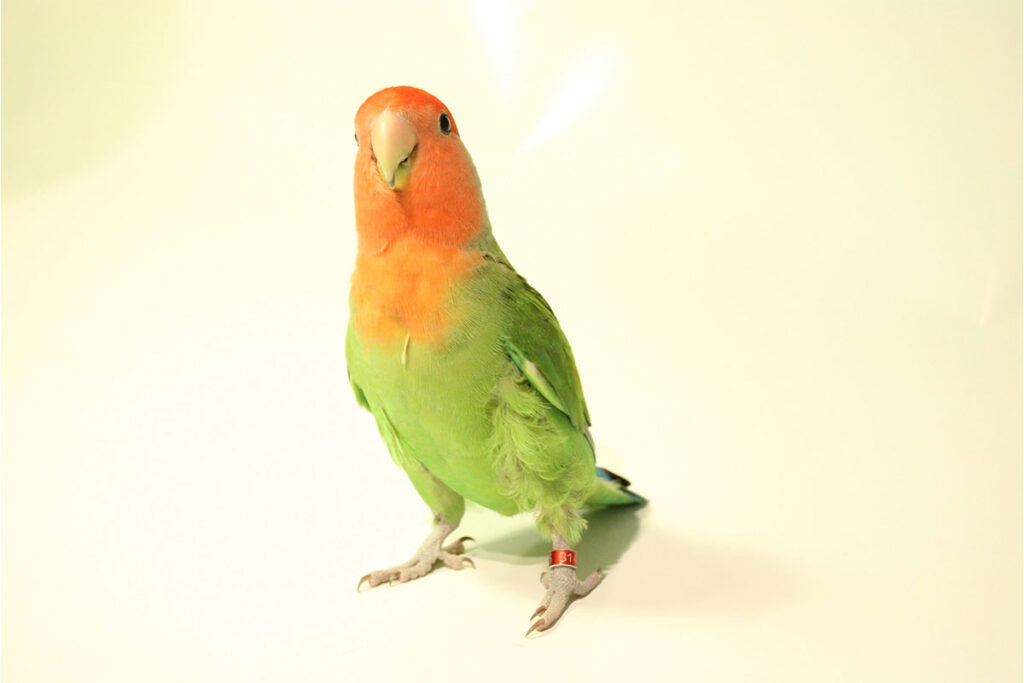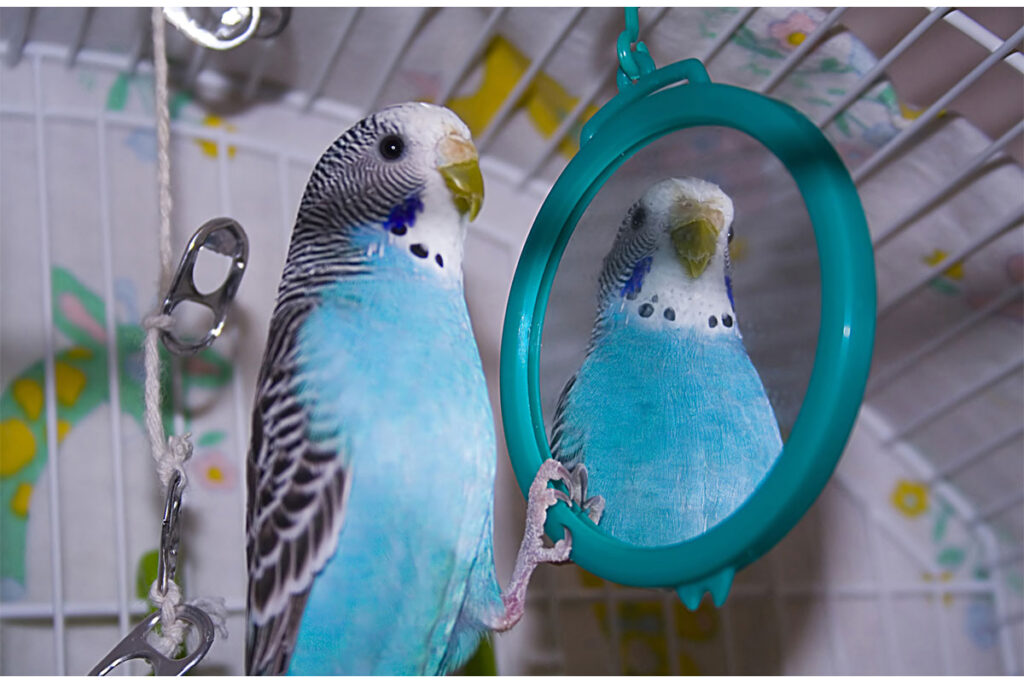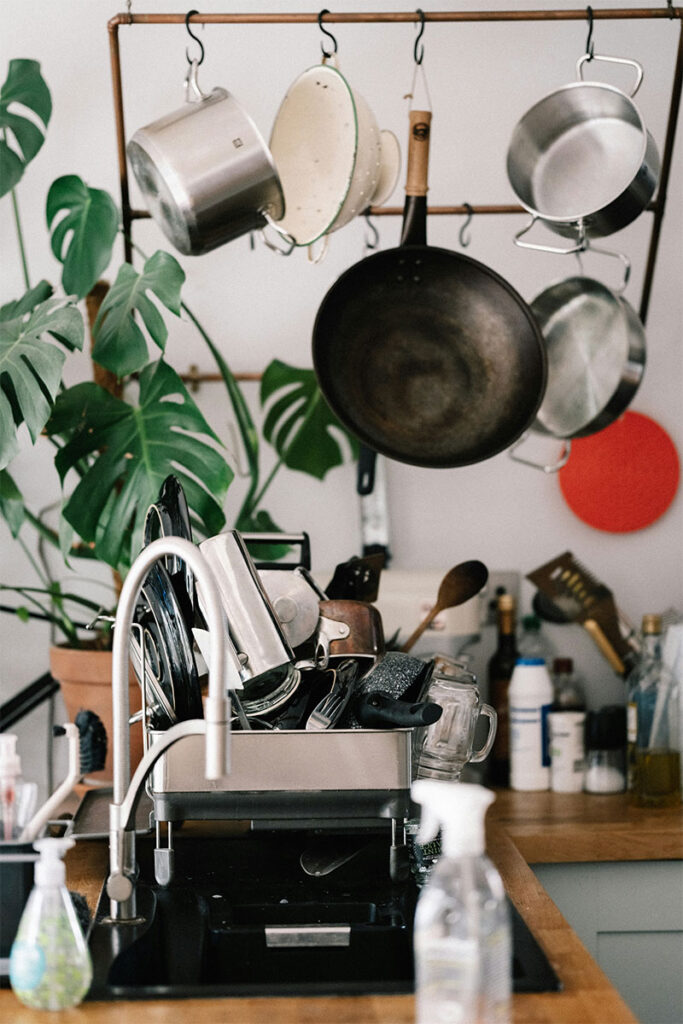

When we think of toxins, the first things that come to mind are those our birds may swallow. But potentially just as serious are those hazards that may exist in our bird-buddy’s environment that we may not even be aware of.
Here are some of the most common environmental toxins that can be inhaled, ingested or absorbed through the skin, and may threaten the health and well-being of birds.
Inhalants
The avian respiratory tract is extremely sensitive to inhaled toxins. Any strong odour, vapour or smoke can be dangerous. These are of particular concern for birds kept in or near the kitchen. Oven cleaners, gas stoves and various non-stick coatings used on cookware, irons and ironing boards emit toxic fumes.
Cleaning products, paint fumes, new carpets, aerosol sprays and car exhausts also pose problems, causing congestion or damage in the lungs and leading to respiratory failure. Warning signs to look out for include difficulty breathing, incoordination, depression, and restless behaviour.
Plants
This partial list of plants proven toxic to small animals also gives an idea of those that are best kept away from our feathered friends:
Damage the heart:
- Lily of the Valley- Convallaria majalis
- Oleander- Nerium oleander
- Rhododendron sp
- Yew- Taxus sp
- FoxgLove
- Digitalis purpurea
- Kalanchoe sp
- Kalmia sp
Damage the kidneys:
- Rhubarb (Rheum sp) – leaves only
- Lilies
Damage the liver:
- Cycad, Sago, Zamia Palm (Cycad sp)
- Amanita mushrooms
Multiple-organ damage:
- Autumn Crocus (Colchicum sp)
- Castor Bean (Ricinus sp)
Irritation of oral cavity and tongue (pain, difficulty swallowing, poor appetite, gagging)
- Peace lilies (Spathiphyllum sp)
- Calla lily (Zantedeschia aethiopiea)
- Philodendron (Philodendron sp)
- Dumb Cane (Dieffenbachia sp)
- Mother-in-Law plant (Monstera sp)
- Pothos (Epipremnum sp)
Hallucinogenic effects:
Some evidence suggests that swallowing or inhaling Marijuana (Cannabis sativa) may have hallucinogenic effects on birds, seen as head-bobbing and sleepiness.


Chemicals
The most common chemical toxins for birds are usually inhaled, swallowed or absorbed.
- Lead – this is considered to be one of the most commonly reported avian poisonings and you may be surprised at sources of lead: paint, toys, drapery weights, linoleum, batteries, plumbing materials, galvanized wire, solder, stained glass, fishing sinkers, lead shot, foil from champagne bottles, and improperly glazed bowls. Lead poisoning affects multiple tissues, especially the gastrointestinal tract, kidneys, and nervous system. Clinical signs may include lethargy, weakness, poor appetite, gagging, increased urination, blood in urine, incoordination, circling, and seizures.
- Zinc – sources include hardware such as wire, screws, bolts, and nuts and galvanized products where zinc compounds are used to prevent rust. Many bird parents are unaware of galvanization on the wire used for making cages. Pet dishes may also be galvanized, and the zinc can leach into water or food, affecting the kidneys, liver, and red blood cells. Signs of zinc poisoning in birds may include increased urination, increased thirst, diarrhoea, weight loss, weakness, anaemia, and seizures.
- Nicotine products are also hazardous. Tobacco products contain varying amounts of nicotine with cigarettes containing 13-30 mg and cigars containing 15-40 mg. Butts contain about 25% of the total nicotine content. Signs of poisoning develop quickly, usually within 15-45 minutes and include excitation, panting, salivation, and vomiting. Muscle weakness, twitching, depression, increased heart rate, breathing difficulty, collapse, coma, and cardiac arrest and respiratory paralysis may follow. It goes without saying that this is a serious emergency! The build-up of cigarette smoke on perches and feathers can also cause contact dermatitis.
- Chemicals like avermectins, fipronil and lufenuron used for ectoparasite control can be poisonous for birds, so always check with us if you’re unsure about what products to choose for your bird-buddy. And, of course, be extra careful with the treatments you use for the other pets in the home.
Other Household Bird Hazards


Heaters and stoves can cause serious burn injuries to pet birds that are allowed free range, as can boiling liquids. Birds should be carefully monitored or caged when in the vicinity of heating elements. Bathrooms can also hold potential dangers like open toilet bowls and filled baths. And always watch out if your bird enjoys perching on the tops of doors – closing the door while a bird is perching on top can crush toes, feet or even legs.
At CVC, we’re passionate about our avian patients and always happy to help with any aspect of their health and well-being. Let us know how we can guide you in making their home environment as safe and enriching as possible, choosing the most nutritious diet and ensuring that the products you use on and around them are non-toxic.
